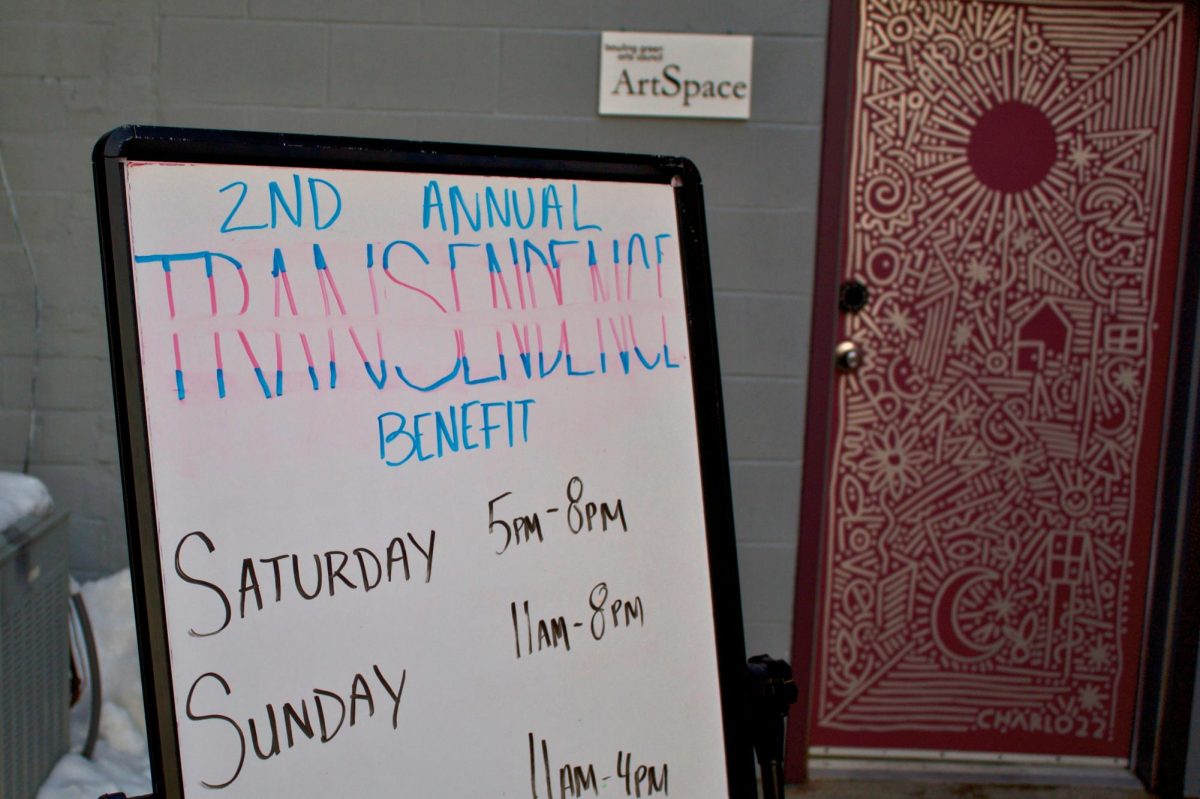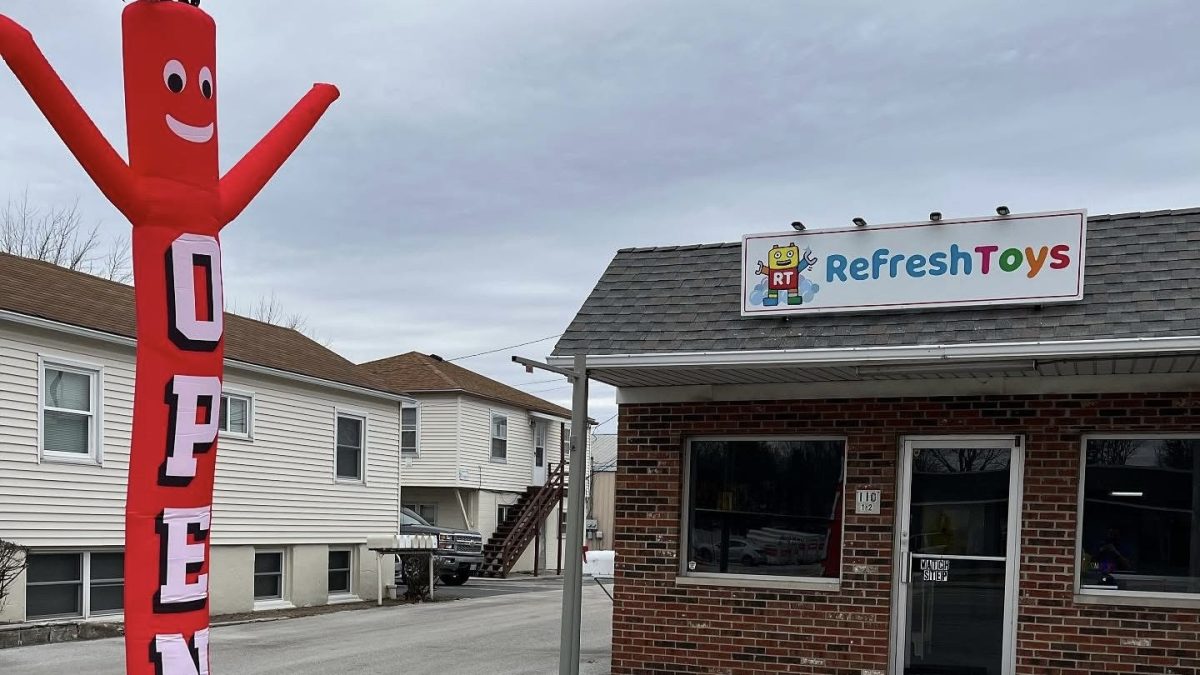A team of Ohio State University researchers have created an MRI-compatible hydraulic treadmill and started their own award-winning company.
The treadmill allows doctors to get an MRI of the heart immediately following exercise, said Orlando Simonetti, leader of the team and associate professor of internal medicine and radiology at OSU.
He said preliminary test results from the invention show that physicians will be able to give a more accurate diagnosis of heart disease, more specifically coronary heart disease.
According to a news release by OSU, the company, EXCMR, Ltd., was launched to provide commercial production and distribution of the treadmill.
Simonetti said the company anticipates nine to 12 months of additional testing and research, and hopes to enter commercialization next year.
He said it’s still too early to estimate a cost for the treadmill, but EXCMR is working with TechColumbus, an organization that offers guidance to technological enterprises, to finalize a business plan.
‘[It’s] hard to tell at this point how things will play out, [we are] taking it one step at a time,’ Simonetti said.
The original business plan was assembled by Eric Foster, chief operating officer and engineer for EXCMR.
According to the press release, Foster’s plan took second place at the 2008 Deloitte Business Plan Competition, which provided the initial funding to put the plan into action.
EXCMR was also named ‘Outstanding Startup Business’ at the 2008 Innovation Awards.
Because the technology was developed at OSU, it is owned by the university, Foster said, but the university agreed to a licensing contract within the last month.
Foster first got the idea when taking a design class.
He said he was helping design a device that would exercise people in an environment where they could be tested for heart problems.
Abnormalities in the heart can be seen when a patient is stressed, and the only way some abnormalities can be seen is when the heart rate is elevated, he said.
Once researchers decided that a treadmill would be the best machine to test the heart, they faced the obstacle of making it compatible with the strong magnetic field produced by the MRI machine.
‘If you put [in] a regular treadmill with magnetic components, it would get sucked into the magnet,’ Foster said. ‘With the hydraulics we can put all the traditional motor and pump and all that outside of the room.’













